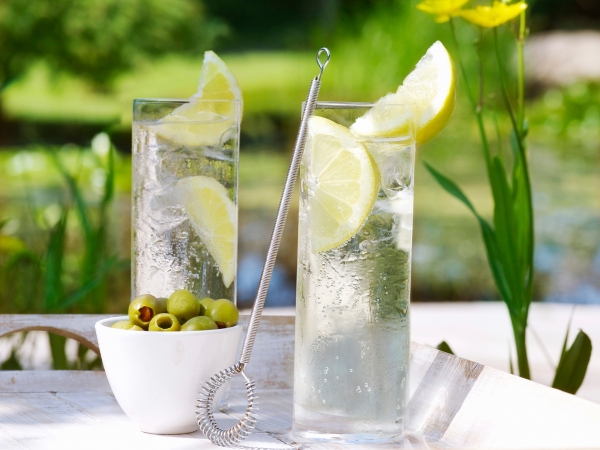The gin and tonic is one of summer’s most popular beverages. It is simple, light and refreshing and can be drunk all day or throughout the night. There was a time though, when the gin and tonic was not ingested solely for pleasure.
Since 2005 though, premium tonic water brands have increased in the marketplace, such as Fever Tree and Q Tonic. These brands place emphasis on using real quinine and natural sweeteners, as opposed to quinine flavoring and high fructose corn syrup. Often they are less unhealthy.
Tonic water will fluoresce under ultraviolet light owing to the presence of quinine. In fact, the sensitivity of quinine to UV is so strong that it can appear visibly fluorescent in direct sunlight. Next time you are near a black light, bring your gin and tonic close by and watch it glow blue.
Tonic syrups are available for those that want a lighter drink. Try just adding a splash at a time to your gin and soda.
